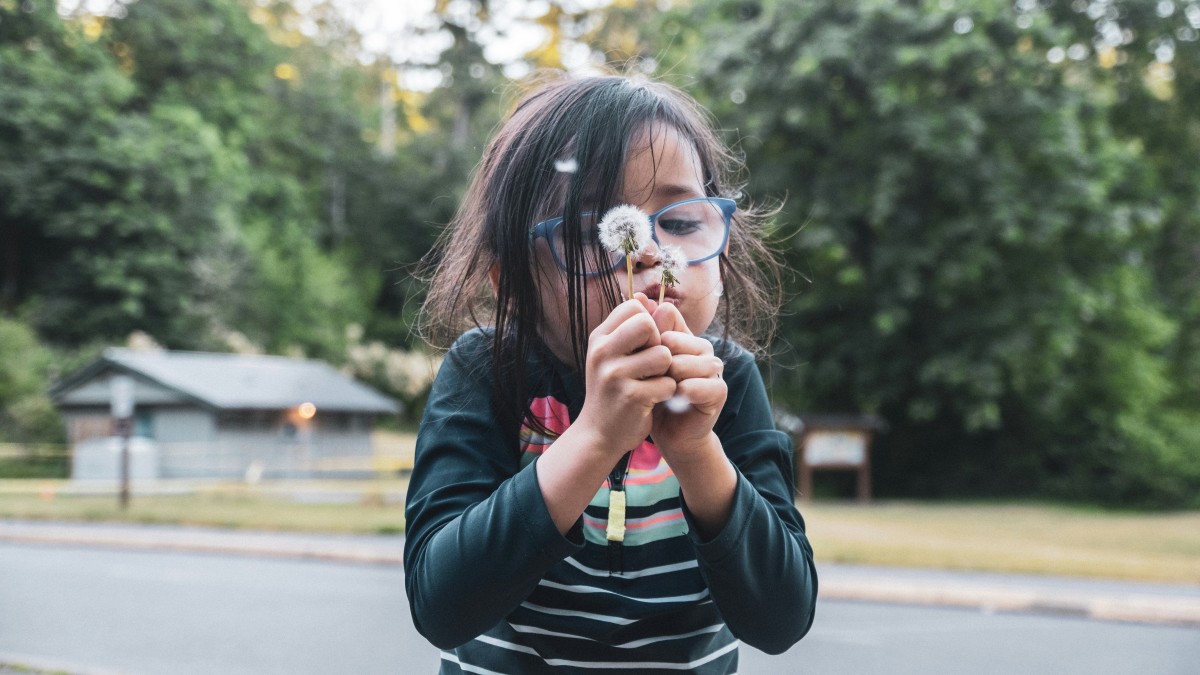Seeing Through a New Lens: Talking About ADHD With Openness and Understanding

Opening your heart to understand ADHD—seeing your child through a new lens of compassion, not blame.
When your child (no matter their age) begins to talk about ADHD — or even wonders aloud if they might have it — it can stir up a lot inside you. Maybe confusion, guilt, defensiveness, or even fear. You might find yourself thinking, “But I did everything I could as a parent.”
And you probably did.
But this conversation isn’t about blame or what could have been done differently. It’s about understanding.
Because ADHD isn’t something that suddenly appears later in life. It’s there from birth — woven into how a person’s brain processes, organizes, and responds to the world. For many, it goes unseen or misunderstood for years. What that means is: your child may have spent much of their life trying to fit in to a world that wasn’t built for them. Trying to be “normal.” Trying to be who they thought you, their teachers, or their friends needed them to be.
That’s an exhausting way to live.
And now, as they start to learn more about ADHD, they might begin revisiting old memories — moments of frustration, misunderstanding, or shame — and seeing them in a new light. Sometimes, they may even share that they felt unsupported or hurt by you. That can be incredibly painful to hear. But it’s also an invitation.
An invitation to pause, regulate your own emotions, and truly listen.
Because this isn’t about what you did wrong. It’s about seeing what’s always been there — through a different lens.
The Lens Shift
When you view your child through a neurotypical lens, their behaviors might look like laziness, forgetfulness, carelessness, or lack of motivation.
Through the ADHD lens, those same behaviors often tell a story of overwhelm, distraction, or executive functioning challenges.
What looks like procrastination might actually be anxiety.
What looks like not listening might be sensory overload.
What looks like defiance might be shame or fatigue from trying too hard to “get it right.”
Seeing through this new lens doesn’t erase the past — but it allows healing to begin. It lets your child feel seen, maybe for the first time, not as “too much” or “not enough,” but as exactly who they are.
The Parent’s Work
This kind of listening takes courage. It asks you to step out of defensiveness and into curiosity. To hold space for your child’s story, even if it’s hard to hear.
Here’s where you can start:
-
Regulate yourself before you respond.
Take a breath. Feel your feet on the ground. Remember — your child sharing their story isn’t an attack. It’s a doorway to connection. -
Listen to understand, not to correct.
Try to simply hear what their experience has been. Reflect back what you hear, instead of explaining or defending. -
Educate yourself.
ADHD is complex — it’s not just about focus or attention. The more you learn, the more you’ll begin to see your child (and maybe even yourself) differently.-
A great place to start: explore the Free ADHD Screening Toolkit to see what assessment tools can reveal.
-
Read articles and stories from ADDitude Magazine — it’s full of compassionate, research-based insights for families.
-
Read blogs like this one — where the goal is not perfection, but understanding.
-
-
Stay curious.
Ask your child what it’s been like for them. What they wish others understood. What helps them feel supported.
This Is the Beginning of Healing
You can’t go back and change what wasn’t known before. But you can begin now — by seeing through a new lens.
When you do, something beautiful happens: your child begins to feel safe enough to show up as their whole self. And you, as their parent, get to see the incredible resilience, creativity, and depth that’s always been there — hidden beneath the weight of trying to “fit in.”
This isn’t about blame.
It’s about love meeting understanding.
It’s about healing through connection.
 Lindsey Peterson
Lindsey Peterson 